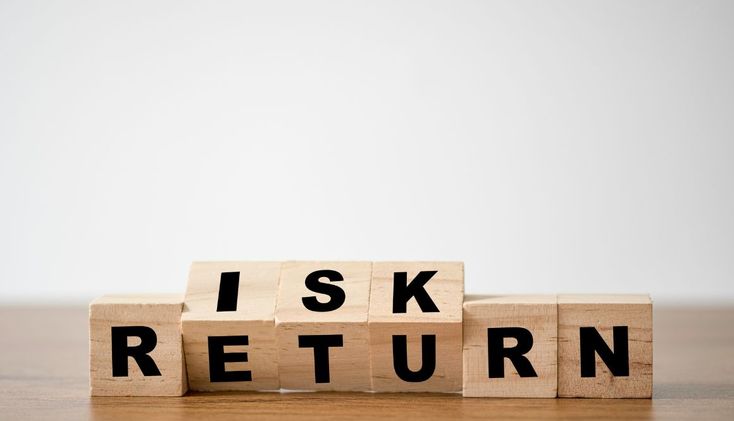Risk and returns are two key concepts that go hand in hand in the world of investment. Evaluating these factors is crucial for making informed investment decisions and maximizing your investment returns. Upon understanding the relationship between risk and return, assessing different types of investment risks, and analyzing historical performance you can make more effective choices.
There is always a trade-off between risk and return when it comes to investing. Generally, the higher the potential return, the higher the level of risk involved. Evaluating risk and return allows investors to assess the likelihood of achieving their investment objectives and determine whether the potential rewards justify the risk taken.
To effectively evaluate risk and return, investors should consider various factors, such as the nature of the investment, historical performance, probability of losses, and potential market fluctuations.
The relationship between risk and return is a fundamental concept in finance. Precisely, higher returns are expected from investments with higher risks. However, it is important to note that this relationship is not always linear.
Investors are mostly required to consider three types of risks: market risk, company-specific risk, and inflation risk. Market risk refers to the overall volatility of the market and affects all investments to some point. company-specific risk pertains specifically to individual companies and can arise from factors such as management decisions or industry-specific risks.
Inflation risk, on the other hand, refers to the eroding purchasing power of money over time.
Investors are urged to carefully consider the relationship between risk and return by looking into their risk tolerance, investment goals, and time horizon.
Several factors need to be taken into account when evaluating investment risks. These include:
-Economic and market conditions: Economic factors and market conditions can impact investment risks. Investors need to assess the current state of the economy, interest rates, and geopolitical factors that influence the performance of their investments.
-Financial health of the company: When evaluating individual stocks, the financial health of the underlying company must be analyzed. This includes assessing factors such as revenue growth, profitability, debt levels, and competitive position. Lower investment risks are posed by a financially stable company.
-Liquidity risk: Liquidity risk refers to the ease with which an investment can be converted into cash without causing a significant impact on its value. Additional risks may arise with low investment liquidity, as it may be a challenge to exit the investment quickly when needed.
Types of Investment Risks
Investment risks occur in the different forms, and understanding these risks is vital for making informed investment investment decisions. Some of the types of investment risks investors should be aware of:
-Market risk: Market risk is the potential for investments to be affected by general market movements. Economic conditions, interest rates, and geopolitical events are some of the factors that can impact the performance of investments across different asset classes.
-Credit risk: this type of risk arises when there I a possibility of the issuer of a bond or debt instrument defaulting on its payment. The Creditworthiness of the issuer and factors such as credit ratings and financial statements to assess the credit risk associated with a particular investment should be evaluated by the investors.
-Interest rate risk: This refers to the potential for the changes in interest rates to impact the value of fixed-income investments: rising interest rates generally lead to a decrease in bond prices while falling interest rates can increase in bond prices.
The level of uncertainty needs to be taken into account when it comes to investments. The number of investors that use to express their decisions conveys a sense of mathematical certainty to the market, but mostly risk and return calculations express probability. For example, if an investor says that an asset has a 10% risk of loss, what the mean is that based on the market conditions, they expect that there’s a 1-in-10 chance of loss going forward
Depending several of factors, note that assets have different risk and return profiles, including the type of asset, the market in which it is traded, and economic conditions at large.
Risk is expressed as a percentage. So a broker says that an asset has a 20% risk of loss, they mean that they expect one out of four investors to lose money on that investment
On the other hand, Returns are also expressed as percentages and are calculated based on risk. If 10% is the expected return, this means that, after accounting for the potential risk involved with an asset, investors over time can expect to get back 10% while others will lose money, because the risk is calculated into the overall return.
Bottom line
Risk takes into account that your investment could suffer a loss, while the return is the amount of money that you can make above your initial investment. In an efficient marketplace, higher risk investments will need to offer greater returns to offset the chances of loss.






